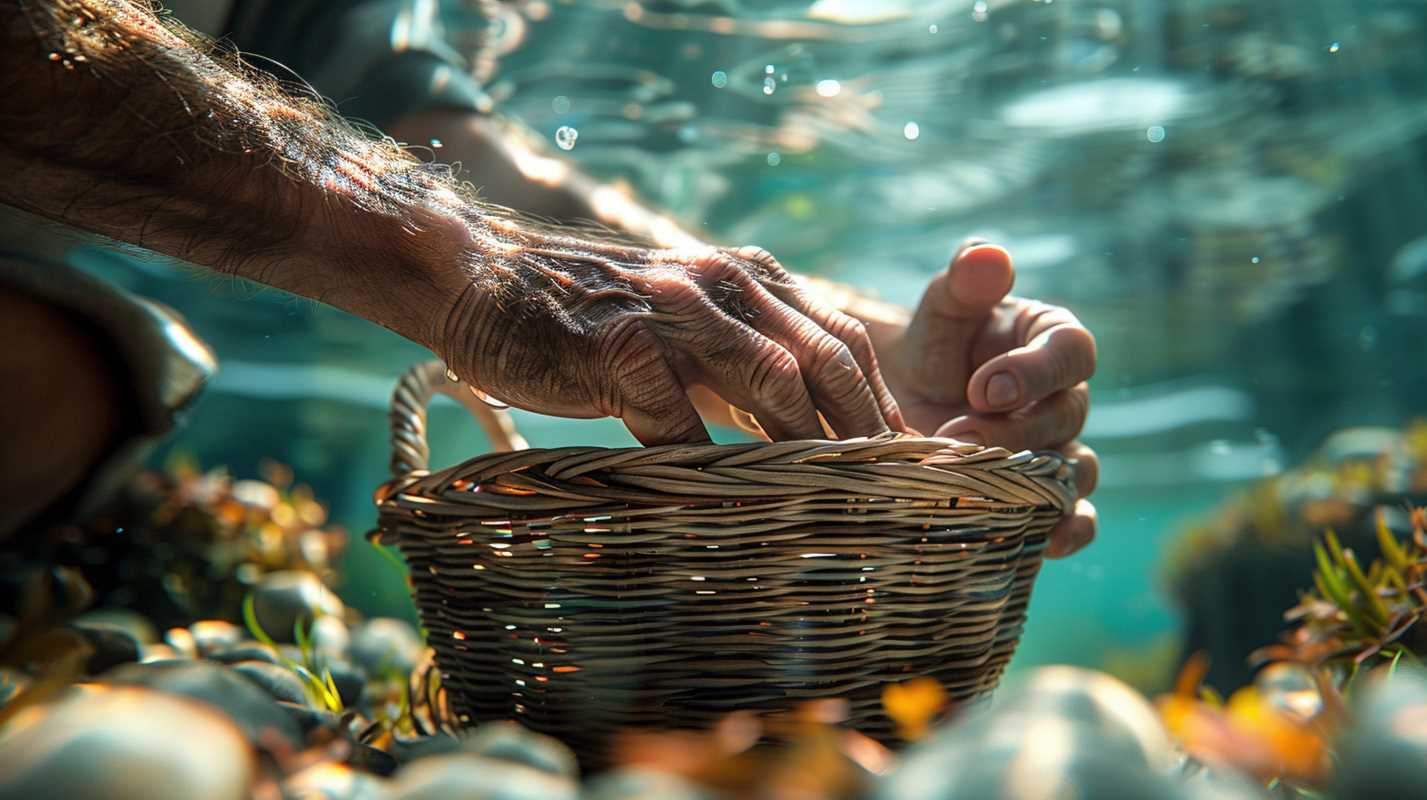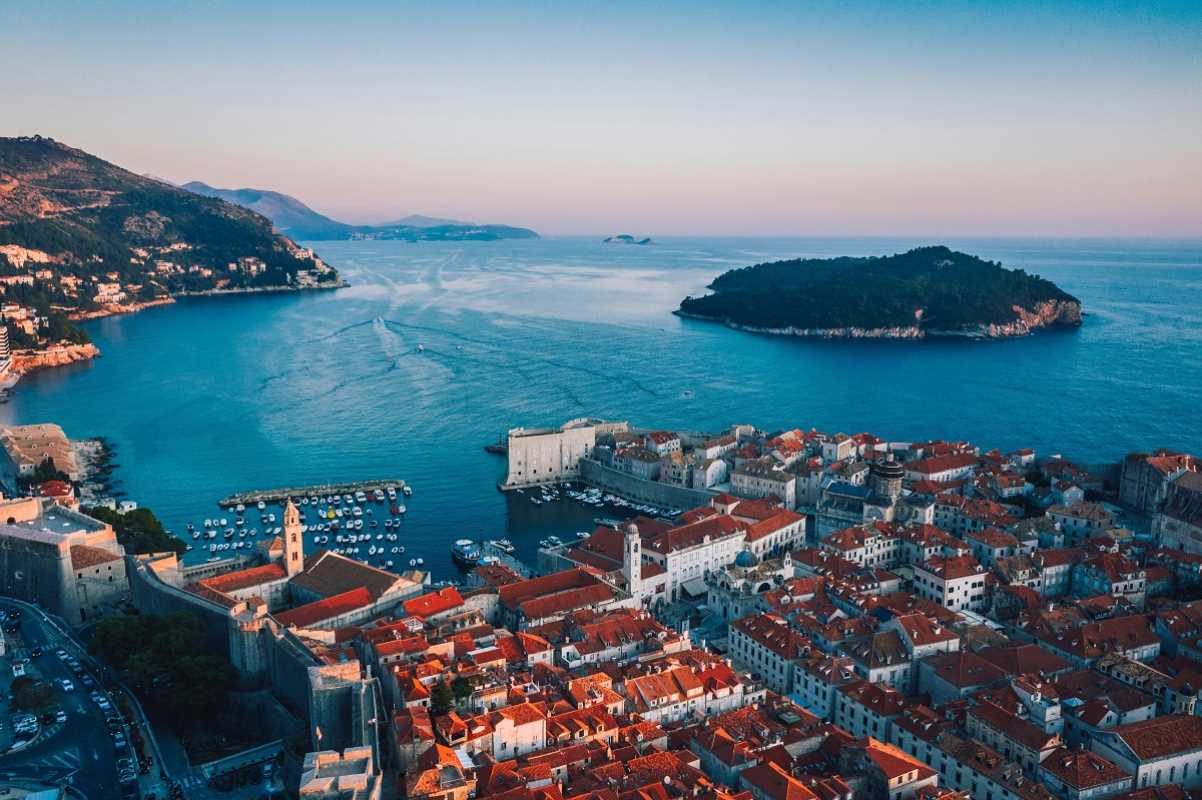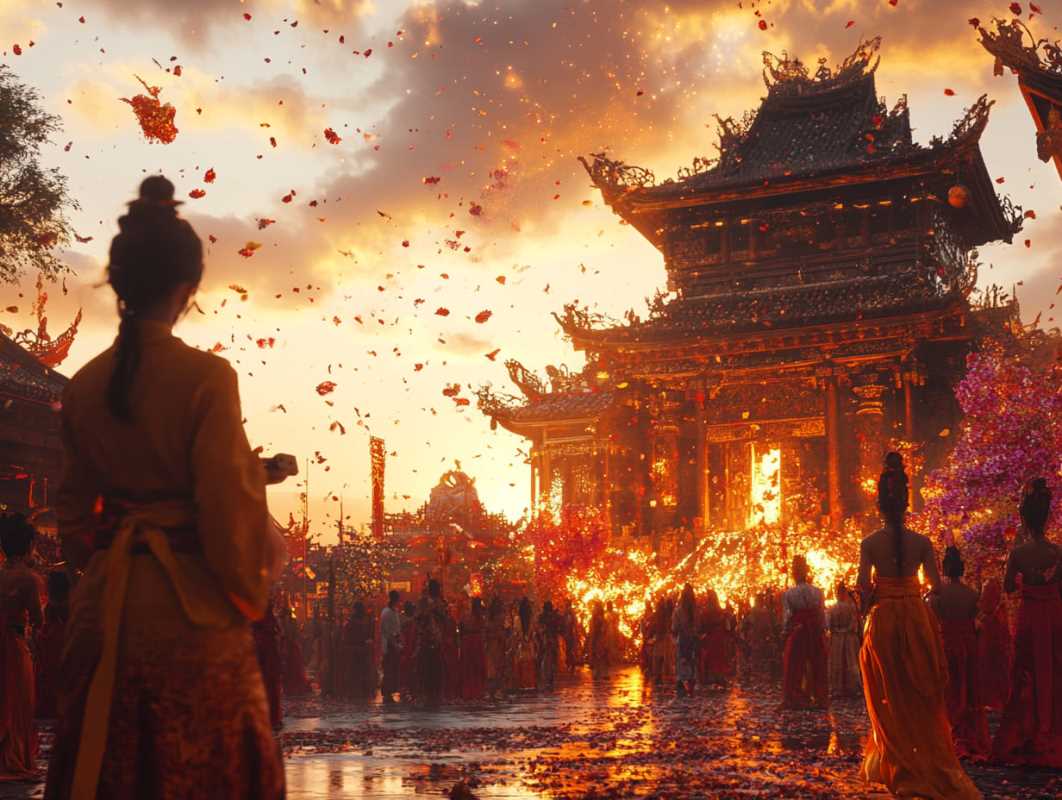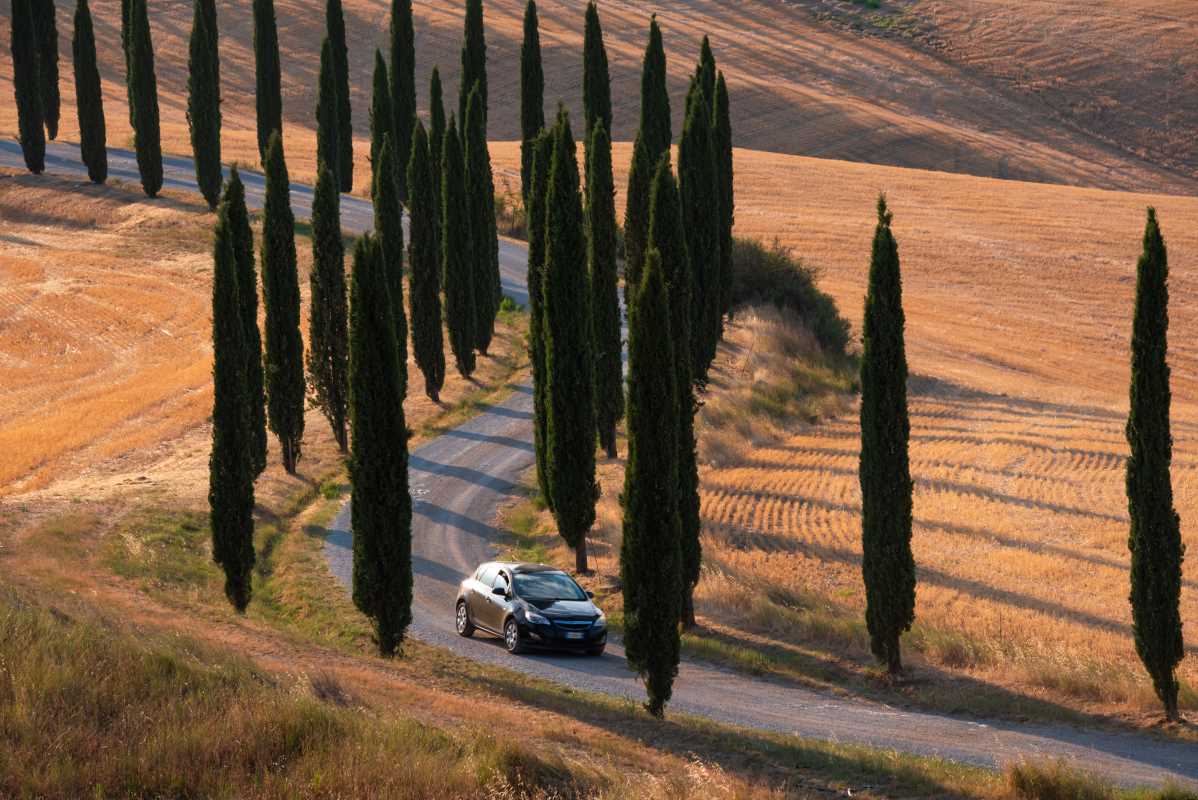The heart of Ireland beats to rhythms established centuries ago, carried forward through generations like precious heirlooms. These traditions aren't merely preserved in museums or history books; they pulse through daily life, from bustling Dublin streets to quiet countryside villages. In an age of rapid globalization, Irish traditions have shown remarkable resilience, adapting and evolving while maintaining their essential character.
The Irish have a particular gift for weaving the old with the new, allowing ancient customs to breathe and grow rather than becoming fossilized relics. This living tradition can be seen in the way traditional music spills out of modern pubs, mixing with contemporary sounds to create something both timeless and fresh. Young musicians might add new instruments or arrangements to age-old tunes, but the soul of the music remains unchanged.
What makes Irish traditions so enduring is their deep connection to community and family life. Unlike some cultural practices that require special occasions or formal settings, Irish traditions are woven into the fabric of everyday life. They're passed down not through formal instruction but through natural osmosis - children absorbing the rhythms of life from their parents and grandparents.
The Irish approach to tradition is refreshingly unselfconscious. There's little of the stuffy formality that sometimes accompanies cultural preservation elsewhere. Instead, traditions are kept alive through genuine enjoyment and practical application, whether it's using traditional farming methods because they work best for the land or speaking Irish because it expresses certain ideas better than English.
These traditions serve as anchors in a rapidly changing world, providing a sense of continuity and belonging that many find increasingly valuable. They remind us that while progress is important, there's wisdom in maintaining connections to our cultural roots.
The Gathering Spirit
Few aspects of Irish culture are more celebrated than céilí, the traditional social gatherings that bring communities together through music, dance, and storytelling. These events transcend mere entertainment, serving as cultural touchstones that strengthen community bonds and pass traditions to younger generations. In modern Ireland, céilís continue to evolve, sometimes incorporating contemporary elements while maintaining their essential community-building purpose.
The tradition of storytelling, or "seanchaí," remains vibrant in Irish culture, though it's adapted to modern contexts. While professional storytellers are rarer now, the art of storytelling lives on in everyday conversations, literary traditions, and even social media, where Irish wit and narrative skill find new expression. The Irish gift for turning everyday events into engaging tales continues to enrich social interactions.
Irish hospitality, famous worldwide, stems from ancient traditions of welcoming travelers and sharing whatever one has with guests. This generosity of spirit remains a cornerstone of Irish culture, manifesting in the warm welcome extended to visitors and the importance placed on making everyone feel at home. Even in modern urban settings, this tradition influences how Irish people interact with others.
The practice of "meitheal," or communal work, though less formal than in past generations, continues in various forms. Communities still come together to help neighbors in need, whether it's harvesting crops, organizing festivals, or supporting families during difficult times. This tradition of mutual aid strengthens social bonds and provides practical support when needed.
These gatherings often feature traditional foods and drinks, with recipes passed down through generations. The ritual of sharing meals and drinks remains central to Irish social life, creating spaces for stories to be shared and relationships to be strengthened.
Sacred Connections
- St. Patrick's Day celebrations blend religious observance with cultural pride
- Samhain traditions live on through modern Halloween customs
- Ancient holy wells still attract visitors seeking spiritual connection
- Traditional wedding customs incorporate old and new elements
- Wakes maintain important community grieving traditions
Crafting Heritage
The preservation of traditional crafts represents one of Ireland's most significant cultural achievements. From Aran sweater knitting to basket weaving, these skills continue to be practiced and adapted for contemporary use. Modern artisans often combine traditional techniques with new designs, creating pieces that honor the past while looking to the future.
Each region of Ireland maintains its own distinct craft traditions, influenced by local materials and historical needs.
These regional variations contribute to a rich tapestry of Irish material culture, with each area proud of its unique contributions to the national heritage. The skills required for these crafts are still passed down through families and communities, though formal apprenticeships now also play a role.
The economic value of traditional crafts has helped ensure their survival, with many artisans finding markets for their work both domestically and internationally. This commercial success has encouraged younger generations to learn these skills, ensuring their continuation into the future. However, the emphasis remains on quality and authenticity rather than mass production.
Traditional crafts also play an important role in education and cultural tourism, with many visitors to Ireland eager to learn about and purchase authentic handmade items. Workshops and demonstrations help share these skills with others while preserving their cultural significance.
The revival of interest in traditional crafts reflects a broader appreciation for handmade, sustainable products in contemporary culture. Irish craftspeople find themselves well-positioned to meet this demand while maintaining their cultural heritage.
Language and Literature
The Irish language, despite centuries of decline, continues to evolve and find new speakers through both traditional communities and modern urban revival movements. Gaeltacht regions, where Irish remains the primary language, serve as living laboratories for how traditional language can thrive in the modern world. These areas maintain not just the language but the unique worldview it expresses.
The tradition of Irish storytelling finds contemporary expression through a vibrant literary scene that draws heavily on traditional narrative forms and themes. Modern Irish writers continue to explore ancient myths and legends, finding new relevance in old stories. This literary tradition helps keep ancient tales alive while creating new classics that speak to contemporary experiences.
Irish poetry, with its roots in ancient bardic traditions, continues to hold a special place in cultural life. Poetry readings and festivals celebrate both traditional forms and modern innovations, demonstrating how artistic traditions can remain vital through reinvention and reinterpretation.
The tradition of singing sean-nós (old style) maintains its importance, particularly in Irish-speaking regions. This unaccompanied singing style preserves ancient melodies and stories while allowing for personal interpretation and innovation. Modern performers often blend sean-nós techniques with contemporary musical styles.
The preservation of manuscripts and oral traditions continues through both academic study and community practice. Digital technology now plays a role in documenting and sharing these traditions, making them accessible to wider audiences while ensuring their survival for future generations.
 (Image via
(Image via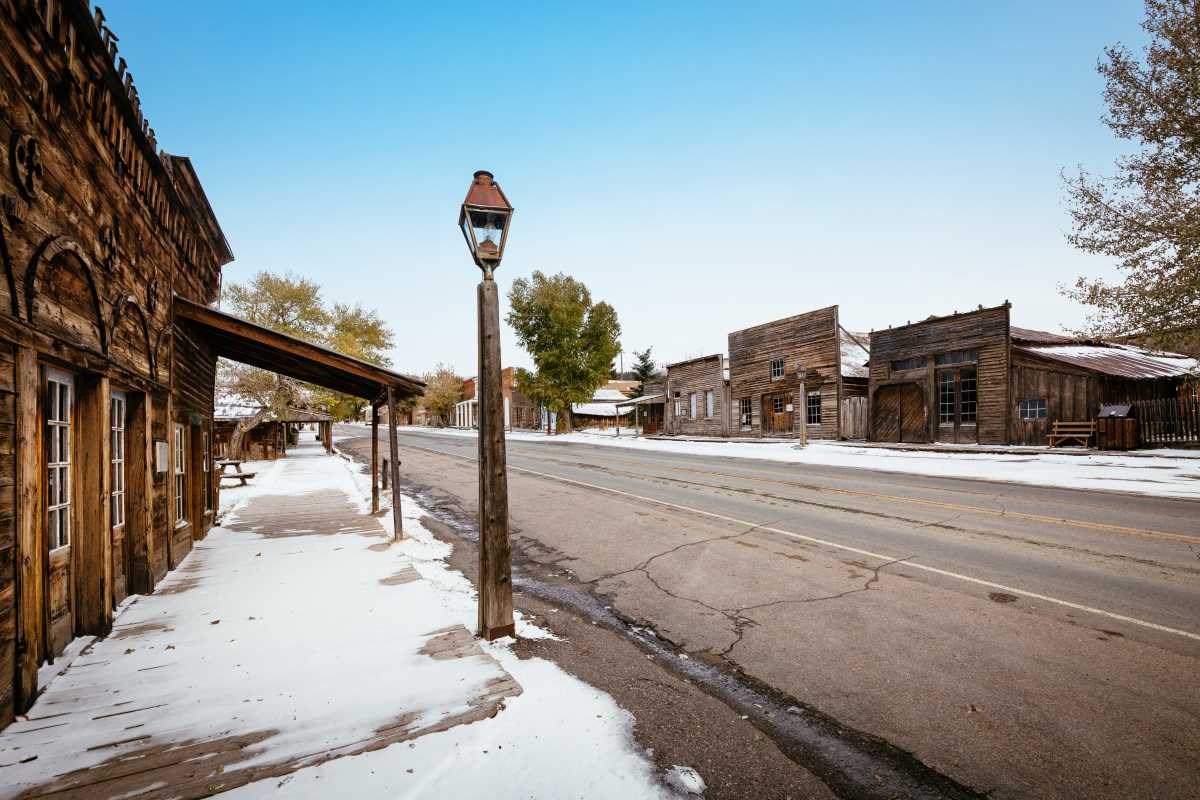
.jpeg)
